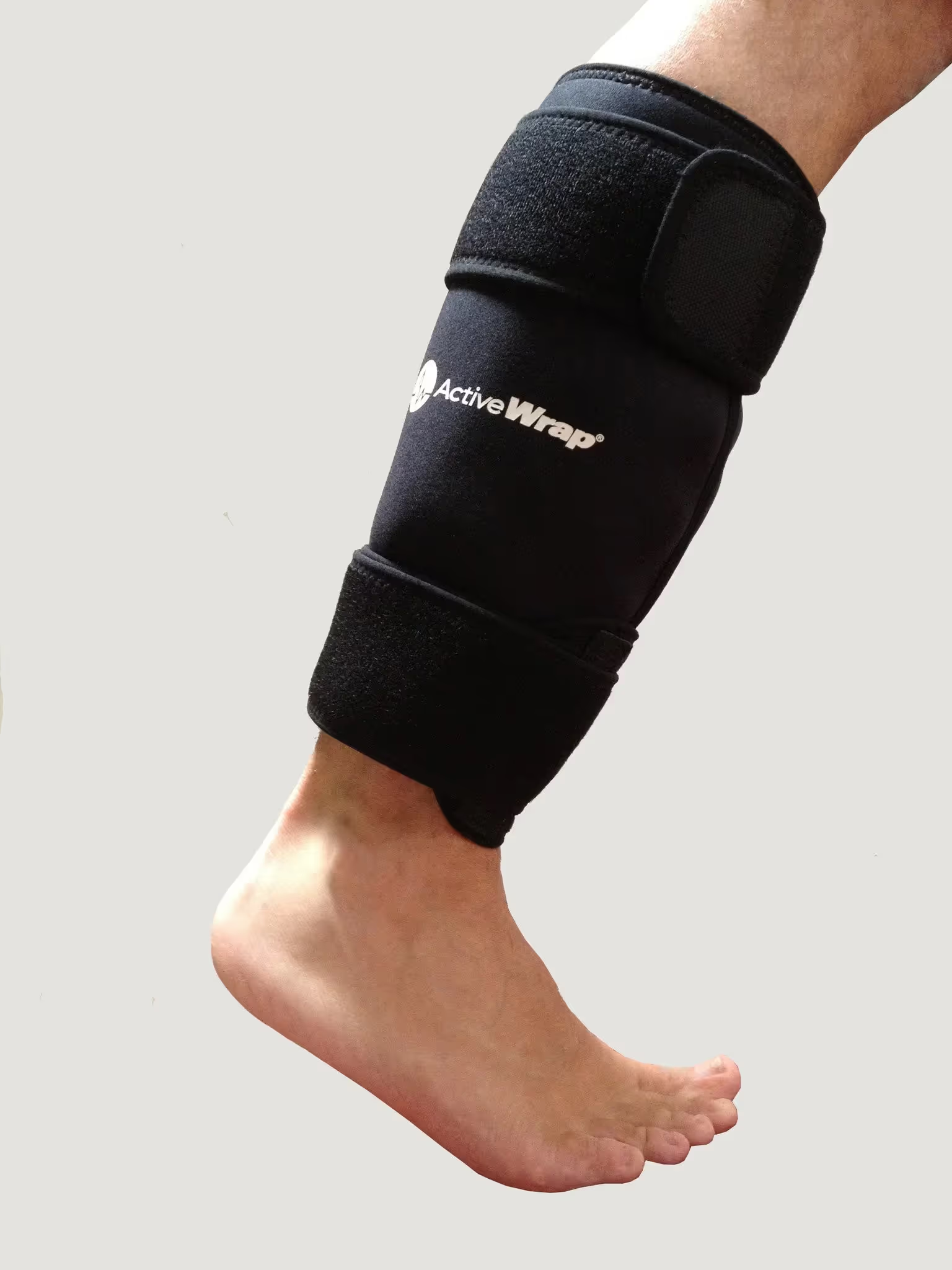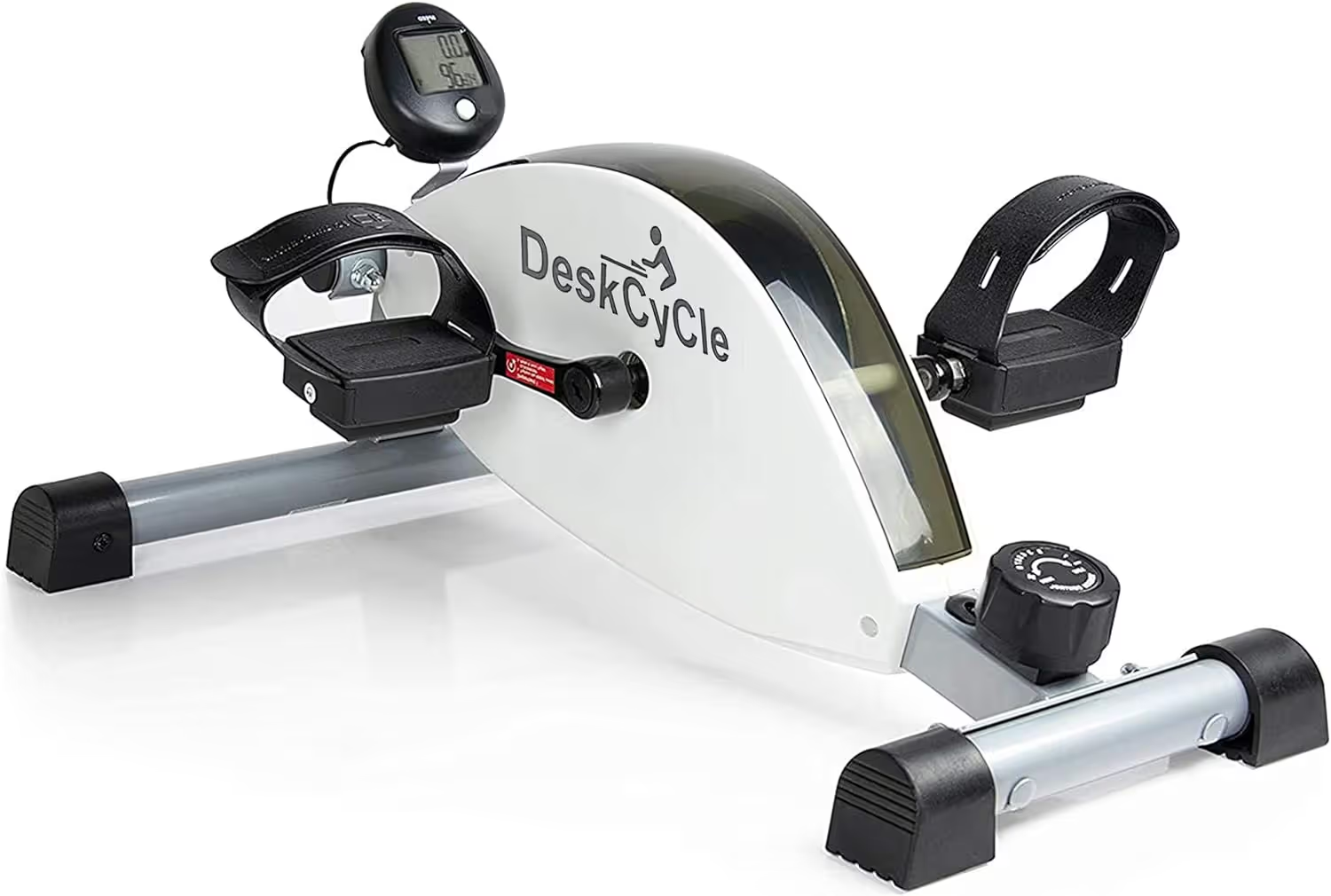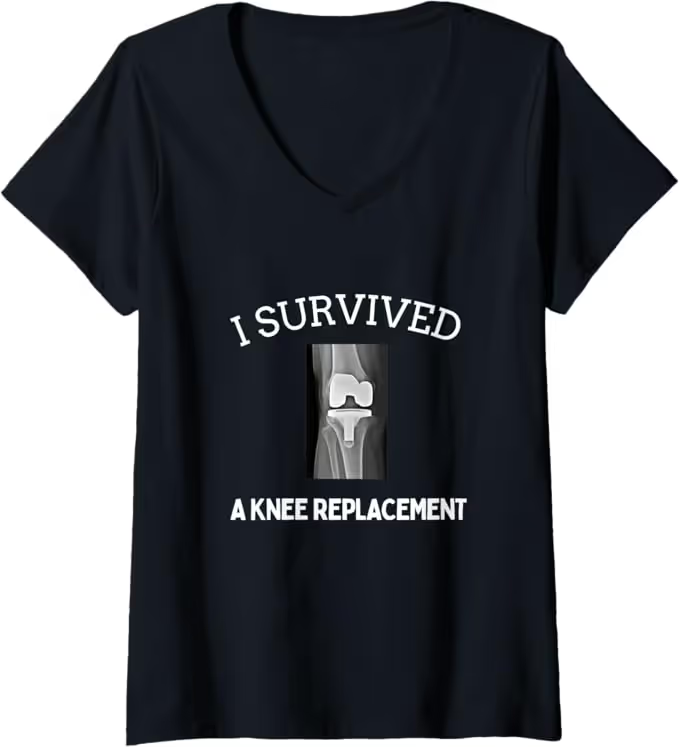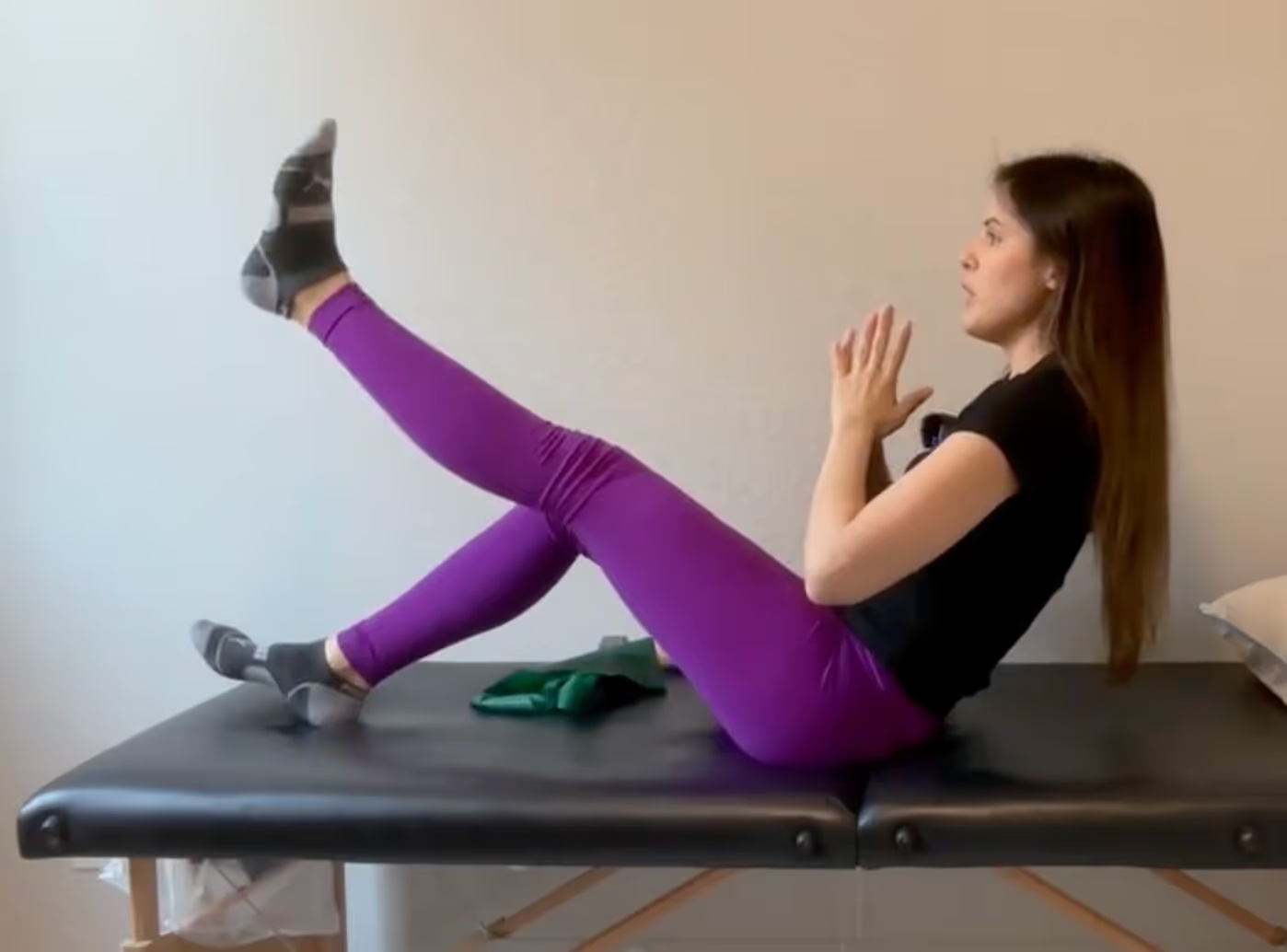Over 1 million people will receive a knee replacement in 2024 with this number expected to double within a few years. A total knee replacement or total knee arthroplasty is one of the most common surgeries completed today. Total knee replacements are a very successful option for end stage arthritis, chronic knee pain or traumatic knee injuries. About 80% of patients after a total knee replacement feel satisfied with their new knee. Recovery from a total knee replacement surgery can be challenging, but with the right approach, you can optimize your healing process and regain mobility more quickly. In this article, we will explore various tips and strategies to help facilitate a smooth and successful recovery from knee replacement surgery.
Preparing for Surgery
Knee replacement surgery, also known as total knee arthroplasty, is a common procedure performed to relieve pain and restore function in individuals with severe knee arthritis or injury. While the surgery itself is a major step towards improving quality of life, the recovery process plays a crucial role in determining the long-term success of the procedure. Proper rehabilitation and adherence to post-operative guidelines are essential for achieving optimal outcomes.
Before undergoing knee replacement surgery, it is important to prepare both physically and mentally. This includes:
Consultation with Healthcare Providers:
Discussing the procedure with your surgeon and healthcare team to understand what to expect before, during, and after surgery can greatly improve the quality of your life after total knee replacement surgery. Finding a good surgeon with many years of experience is also a very important and difficult decision to make. Not only should you find a surgeon with years of experience performing total knee replacement surgeries, but it is important to find a surgeon you trust. Having the surgeon on your side throughout your recovery can make a world of difference. They will be able to extend your physical therapy for you, order new pain medication, request imaging such as X-rays if pain persists, and many more options. You will have many questions throughout your recovery process so having guidance along the way is extremely important. Many people discover the surgeon and supporting team to be very busy and unavailable for questions. If you ever need extra guidance with your recovery, please consider scheduling a phone consultation with Dr. Samantha Smith PT, DPT, a knee replacement expert.
Preoperative Exercises
Research shows those who start exercises prior to surgery have a better post operative recovery. They have less pain, less mobiltiy issues and have a better experience oveall. Research shows a preoperative exercise program (or prehab) should be at least 6-8 weeks and should be progressive, meaning the exercises should get more challenging each week. Doing the same exercises over and over does not strengthen the muscles, so a progressive exercise program is key. If you need help with an exercise program specifically designed for patients with knee pain and knee arthritis, please join the 6-Week Pre-Surgery Exercise Class with Dr. Samantha Smith PT, DPT as your instructor. This class starts out with gentle exercises and gets more challenging as the week progress.

- Strengthening the muscles around the knee joint is very important for your post surgery recovery. The quad muscle is the most important muscle to strengthen. These muscles are significantly weakened after a total knee replacement and cause many deficits such as:
- inability to get in and out of bed
- inability to stand up from chairs/toilets
- walking issues
- knee buckling
- increasing risk of falls
- pain when standing for long periods of time
- fatigue when walking long distances
There are many exercises to start right away, regardless if you have 6-8 weeks to prepare. It is always better to start than not at all! Focusing on quad strengthening should be first priority with endurance training and stretching to follow after that.
Seated kicks: this exercise isolates the quad muscle. Working all 4 quadriceps is very important to do prior to surgery since the quads are damaged after surgery and cause significant weakness.
Straight leg raise: this exercise works the hip muscles and the quads. This exercise will help you get in and out of bed easier after surgery.

Heel slides: this exercise works the hamstring, but also allows some stretching of the quad muscles. Most people have extreme difficulty with achieving knee bending after surgery.

Side steps: this exercise works the lateral aspects of the knee and the glute muscles. The glutes muscles can help you get in and out of chairs easier.
Bike: adding in some endurance training and improve vascularity to the quad muscles allowing for better blood flow post surgery.
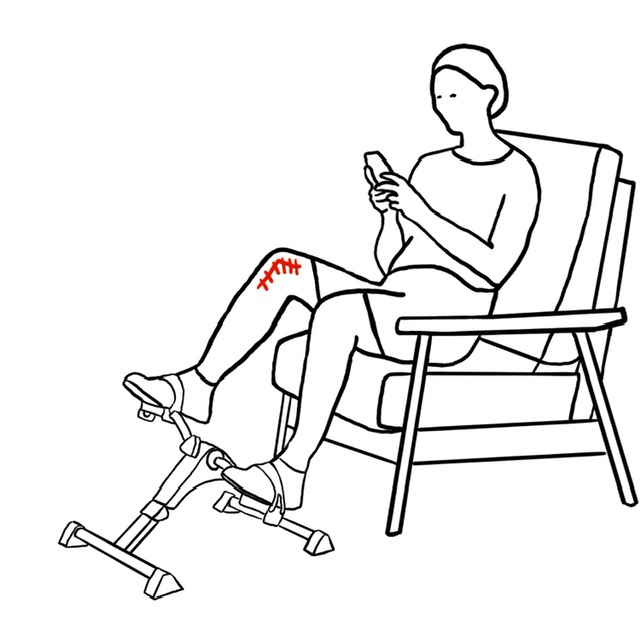
↑ You can purchase a small bike like this from Amazon
Home Preparation & Equipment
Preparing your home after a total knee replacement is recommended. You can usually start this process around 1 week prior to your surgery date to ensure you have everything you need. Depending on your needs, you may need more or less adjustments to your home.
Make sure you have a clear pathway in your home to use the walker for the first 2-4 weeks. Make sure you remove any rugs in your home because the walker does catch on these causing an increased risk of falls. Make sure your bathroom is prepared with shower chairs and/or raised toilet seats to make you more comfortable.
Some of the most popular supplemental items to purchase are ice machines, ice packs and a under the desk bike.
The easiest ice machine to use is the Polar Active Ice Machine. You can order from their website and receive 10% off with the code DRSAM10. (Cheaper than Amazon and free shipping!)
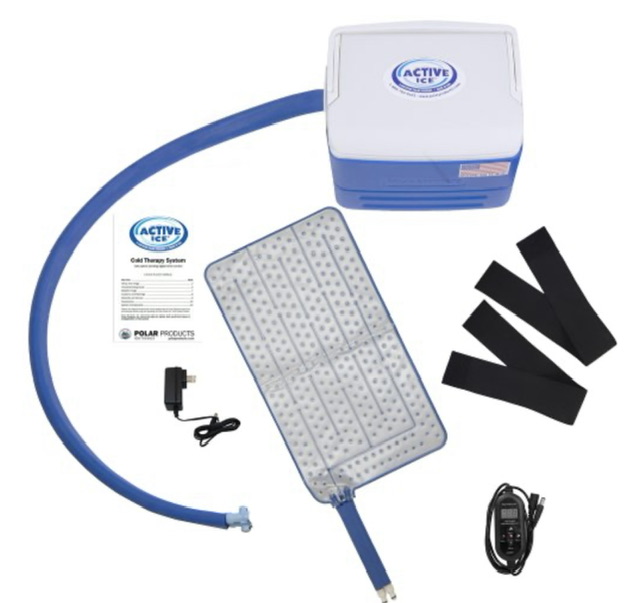
Ice packs are also a popular item to purchase after surgery. They are convenient, cheaper and very easy to use. The best brand is Active Wrap. This ice pack stays cold up to 45 minutes and it is very easy to store in the freezer. The ice packs attach by Velcro into the knee sleeve. I would recommend buying the knee sleeve (which comes with 2 ice packs) AND a set of extra ice packs so you can always have 2 cold ones in the freezer. You’ll want to order directly from the website and use the code DRSAM10 for 10% off.

Lastly, a bike is a very popular item to buy. The bike will help tremendously pre and post surgery to improve stiffness, improve range of motion of the knee and to allievate pain. The Desk Cycle bike is a great option. It is sturdy, easy to use and you can place it anywhere in your home.

Education
Going into a knee replacement blindly can cause a poor post operative experience. Patients who know what to expect, know what happens during the surgery, know what is normal versus not normal have much better outcomes. Pain, swelling, and stiffness seem to be the biggest surprises after surgery. There are moments of regret after a total knee replacement surgery, but it does not have to be this way!
A great way to get prepared is to take a knee replacement educational course. This course will tell you exactly what to expect, how to get prepared, what equipment to purchase, and how to do all the stretches and exercises post surgery. Many people seek out advice from other patients, friends and family or unqualified healthcare professional, but this can make your preparation process harder. Some people may tell you “oh, it was easy! I was back to golf in 2 weeks!” While others may say “I am 2 years post surgery and I regret doing this to myself.” The best recommendation is to seek professional advice from a knee replacement expert, such as Dr. Samantha Smith PT.
Setting Realistic Expectations
Knowing what to expect can help you through your recovery. Not only do you quickly find out your symptoms of pain, swelling, tightness and stiffness are normal for several months, but you can set realistic goals for yourself.
Support System
Getting caregivers involved for the first 2-4 weeks post surgery can be extremely beneficial for a patient recovering from a total knee replacement surgery. Surgeons almost require a caregiver at home if a bilateral knee replacement surgery is completed. Some people can recover by themselves with a total knee replacement, but it is not recommended. Individuals with pets or children will especially need assistance during the first 2 weeks since the knee pain, pain medication and fatigue is extremely limiting.
If you do not have the option to have a caregiver at home with you, your doctor may require you to go to a rehab facility for a week or 2 until you are safe to go home. Home health services may also provide some assistance with caregiving needs, but insurance (especially Medicare) does not cover 24/7 care or daily visits to the home by healthcare professional. Typically, nursing visits happen 1-2x a week and physical therapy visits are 2-3x per week.
Post-Surgery Care
After your surgery is complete, then comes the hard work: the physical therapy exercises, pain management, mental fortitude and constant stretching. The surgeon is responsible for 50% of your success and the physical therapist is responsible for the other 50% of your success. (You fit in there too!) Poor physical therapy often causes poor outcomes, which is very detrimental and life changing to the patient. The physical therapist is responsible for guiding you through your rehabilitation process. They should be teaching you how to manage pain, manage swelling, when scale back exercises, when to increase the exercises, what exercises are best at each phase in your recovery and they should be answering all your questions thoroughly. If you are not receiving this level of care, it is time to look into Dr. Samantha Smith’s Post Surgery Course. This course includes a full protocol from day 1 to day 365 of exactly what to do after your knee replacement surgery.
Pain Management
Pain is inevitable after a knee replacement surgery, but uncontrolled pain is not. Pain should and can be controlled with pain medications, proper education with resting, and gentle exercises. Physical therapy should also be focusing on pain and swelling control first and foremost before introducing quad strengthening exercises.
Physical Therapy
Participating in a structured physical therapy program to improve range of motion, strength, and flexibility in the knee joint. This may involve various exercises, manual therapy techniques, and modalities such as ice and heat therapy.
Regular exercise and rehabilitation play a critical role in restoring function and mobility following knee replacement surgery. Some essential aspects of exercise and rehabilitation include gentle stretching, strength training, functional activities and a progressive exercise program.
During the first phase of your recovery, you should be focusing on gentle stretching to help bend and straighten the knee. The stretching should be fairly pain free for the first few days with the stretches becoming more and more challenging as the weeks progress. It is important to make progress every week with your range of motion. If you have been stuck after 6 weeks, starting a program to help can save significant stress in the future. The Knee Bending Course specifically designed for knee replacements patients has been proven to work for individuals who have not been able to progress with their knee bend.
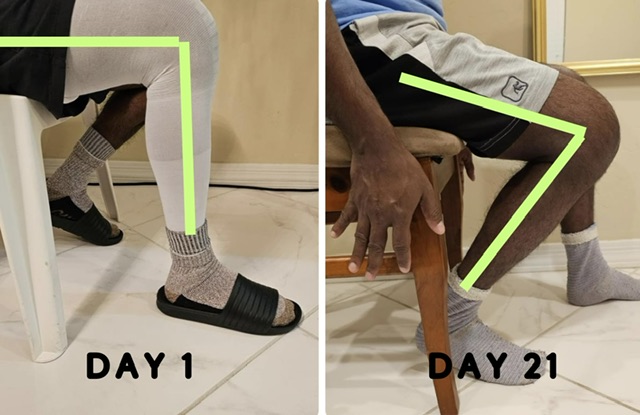
↑ real results from the Knee Bending Course (a 3 week program)
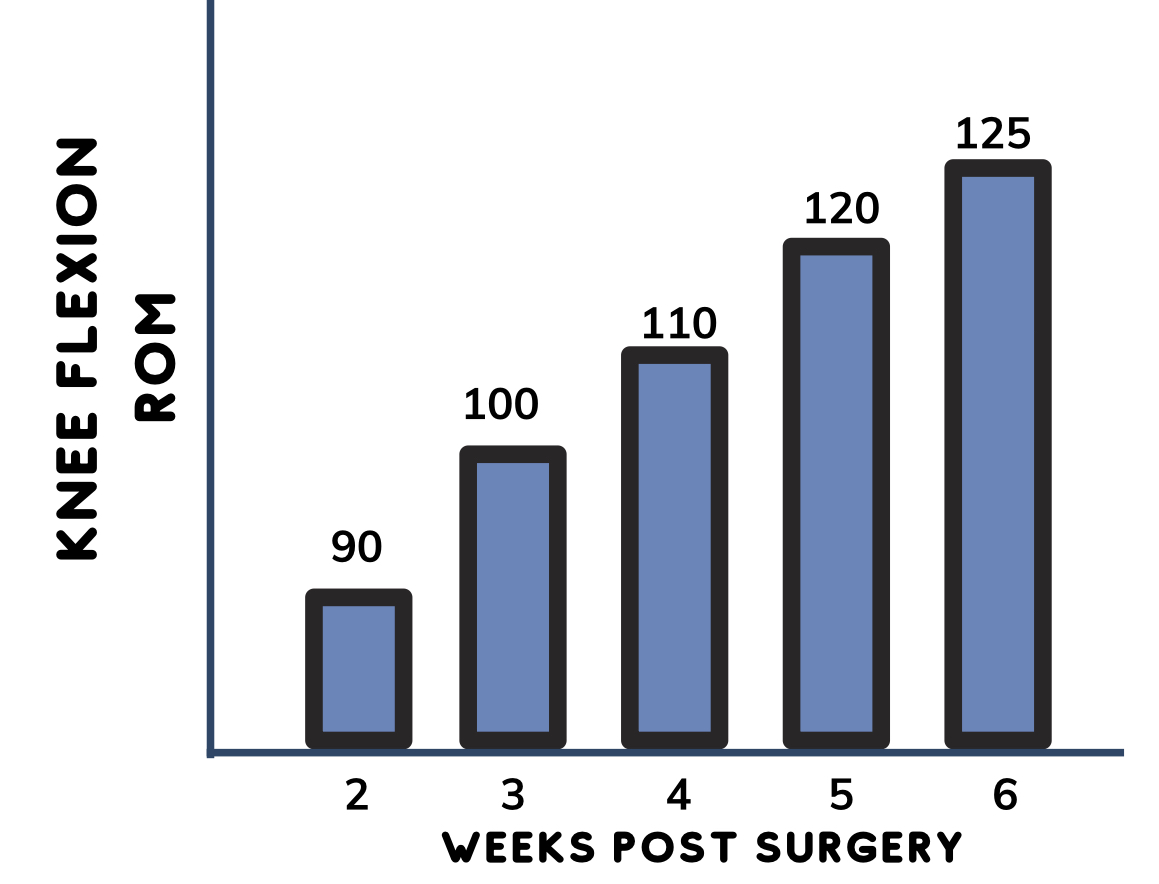
↑ this is a general guideline of what to expect after a knee replacement with your knee bending. Not everyone will progress this quickly! If you do not follow this chart exactly, do not panic. As long as you are making progress every week, you are on the right track. The biggest milestone to achieve is 90 degrees by week 2.
After you have learned to control your pain and swelling, you have met your 2 week range of motion goal, incorporating strength training exercises to build muscle strength around the knee is vitally important. Strengthening the quadriceps, hamstrings, glutes and calf muscles can improve daily activities such as walking, getting up from chairs, getting into bed, going up and down stairs, etc. Performing a gradually strengthening program is key after a knee replacement. No pain, no gain does not apply after this surgery!
Conclusion
Recovery from knee replacement surgery requires dedication, patience, and a proactive approach to rehabilitation. By following the tips and strategies outlined in this article, individuals undergoing knee replacement surgery can optimize their recovery process and achieve long-lasting improvements in function and quality of life. It is essential to work closely with healthcare providers, adhere to post-operative guidelines, and maintain a positive attitude throughout the recovery journey. With proper care and commitment, individuals can successfully regain mobility and return to their desired level of activity following knee replacement surgery

.avif)
